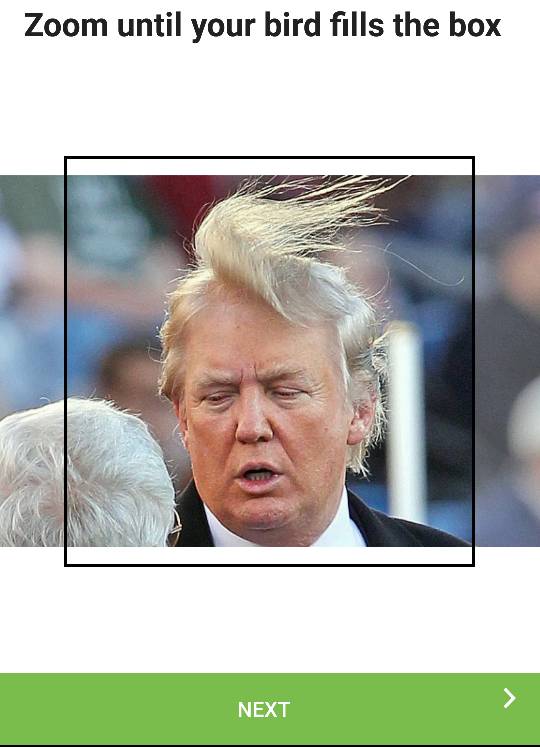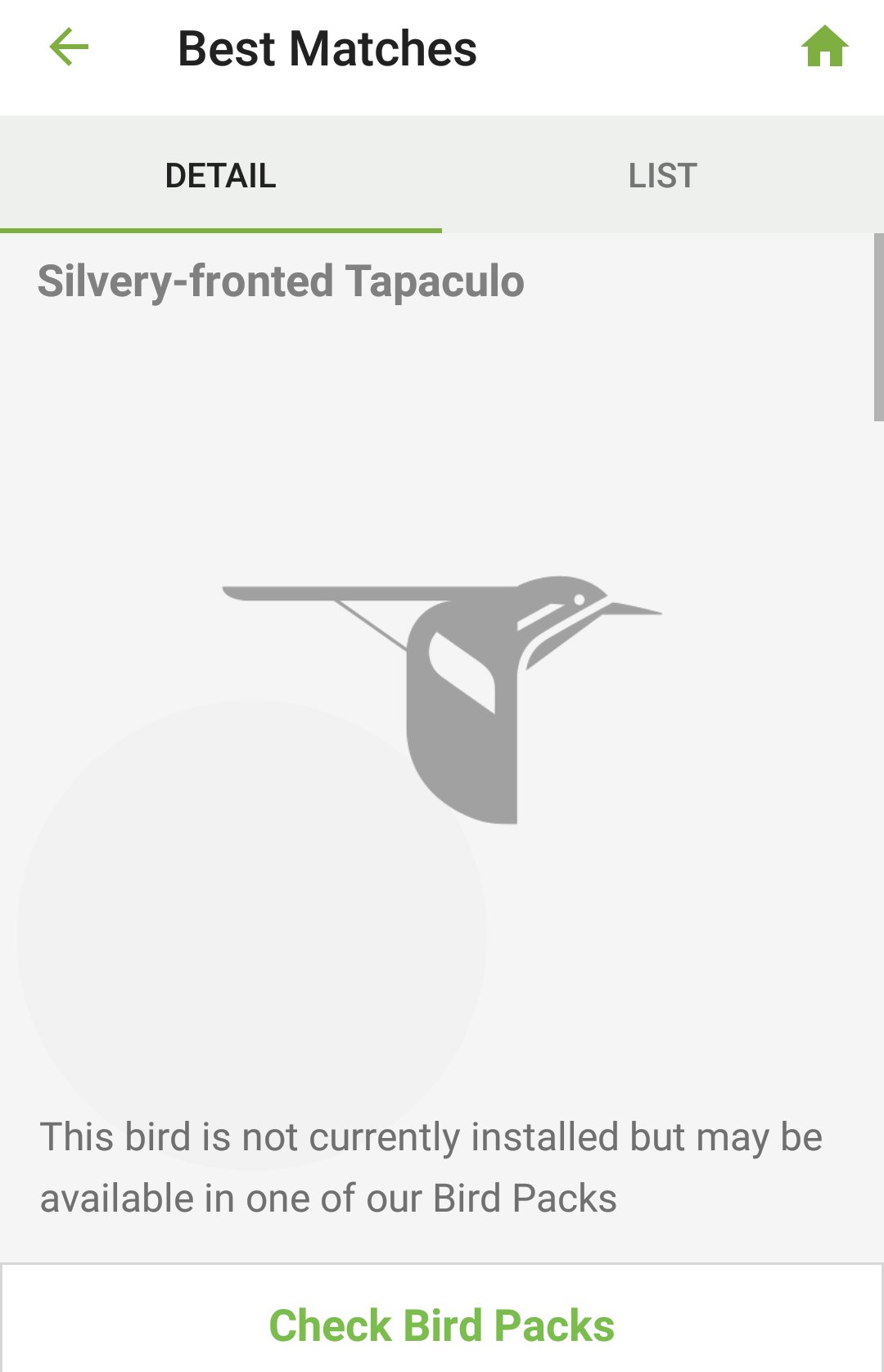I borrowed one from Joe Pender obtained off a Scilly Pelagic
http://wwwsapphirepelagics.blogspot.co.uk
I tried a load of those and it got all as Wilson's. I did try another Wilson's pic and it returned Band-rumped (Madeiran) this despite the projecting legs but presumably because the bird had a very weak covert bar due to lighting. Not sure how much weight it pits on pattern vs structure...
Presumably as time goes on more information will become available on the process....
Last edited:






